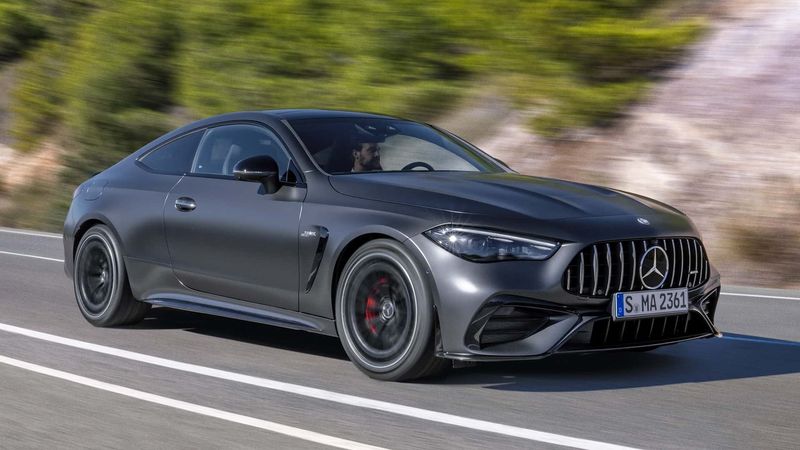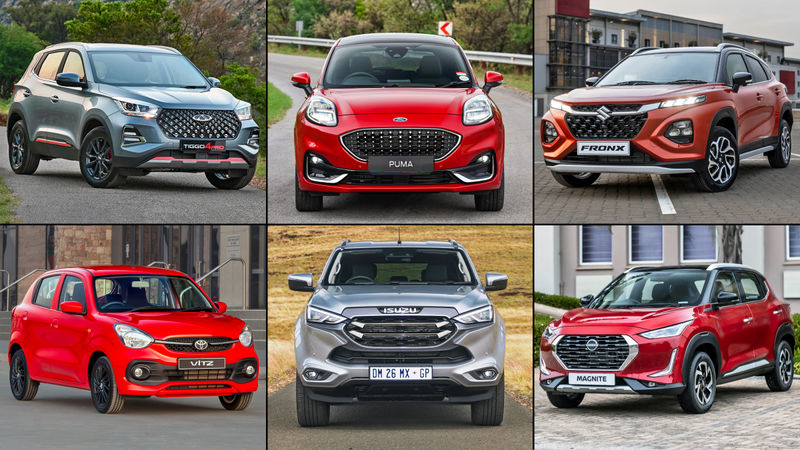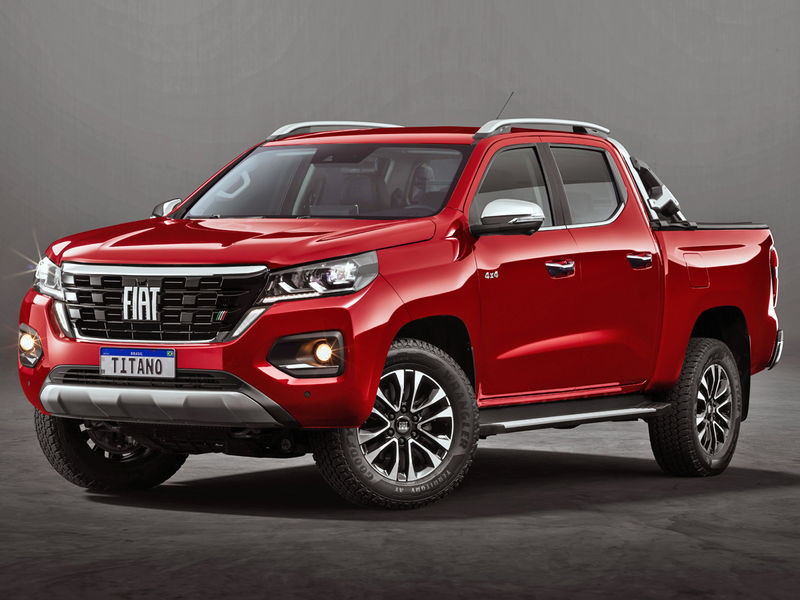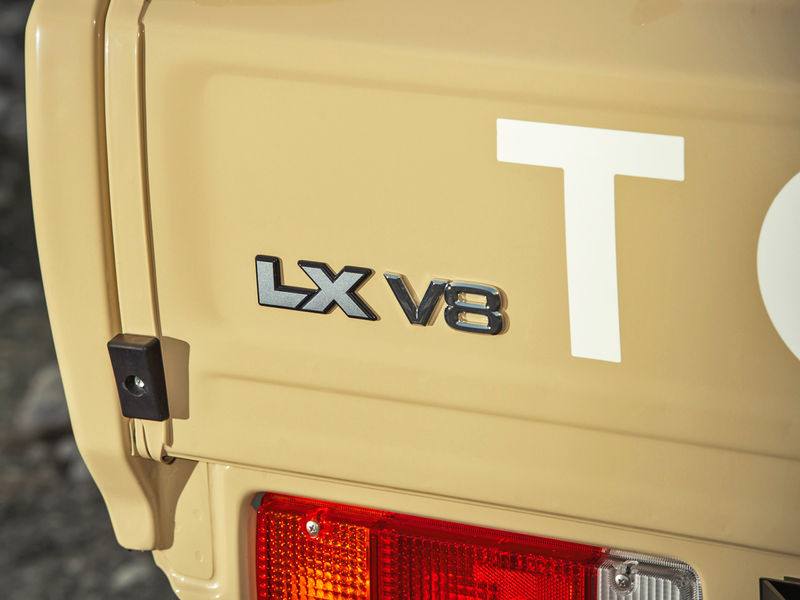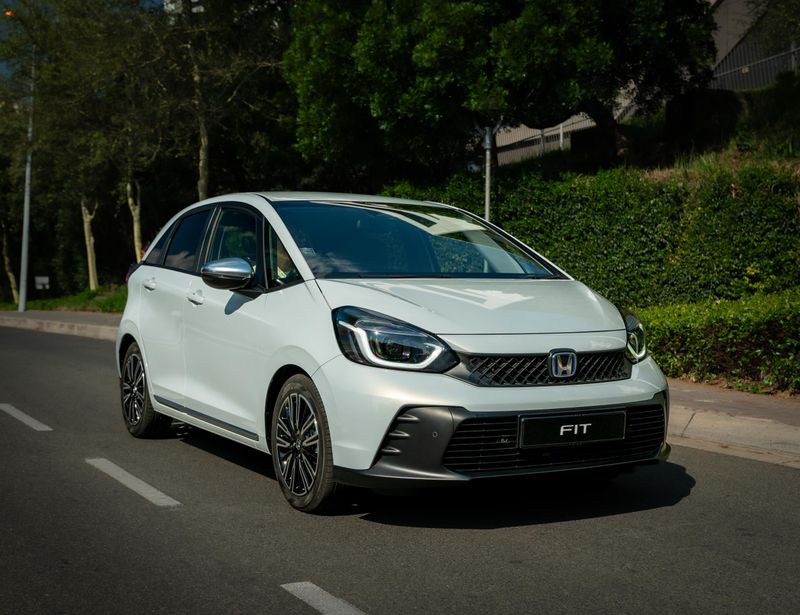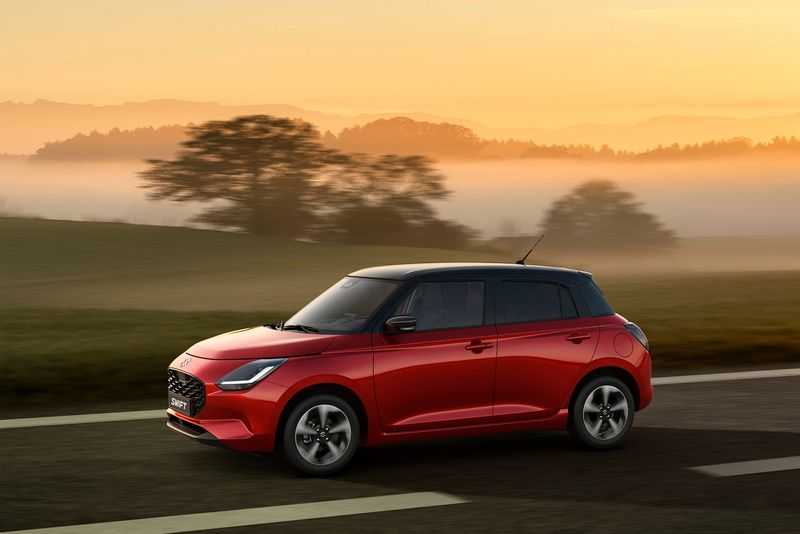










It’s fair to say the cult following garnered by early versions of the WRC-inspired,all-wheel-driveWRX and its WRX STI has waned dramatically; forget for a minute about Subaru’s controversial decision to produce the 3rd-gen Impreza in hatchback guise only (although it did later produce a 4-door variant); like other smaller Japanese manufacturers, Subaru lost steam when the global financial crisis hit in the late Noughties and, since then,WRX variants have become increasingly pricey and are rivalled by all-wheel-driven hyper hatches such as the Mercedes-AMG A45 S, Ford Focus RS and VW Golf R.

The currentWRX and WRX STI were officially divorced from the Impreza range and not only in name – they were based on the previous-gen Impreza (GP) platform, while the current iteration Impreza(which arrived in SAin 2017) was based on the brand’s global platform. In fact, all Subaru models in the local market, apart from the WRX and WRX STI (VA), are based on those underpinnings.
The newWRX, however, is also based on Subaru’s Global Platform. The immediate benefit of the “full inner-frame construction” and “structural adhesive application” is an improvement in the sedan’s body rigidity. The newcomer is also wider and longer than its predecessor; the Japanese firm claims the model offers more shoulder room and credits a longer wheelbase for the improved rear legroom.

Ride comfort and on-road stability are said to have been improved by virtue of the WRX’s optimised suspension geometry (with a longer functional stroke compared with the previous model). What’s more, a dual-pinion electric power steering system, which has separate axes for the motor assist and the driver’s input, has been adopted to instil a “smooth and responsive sporty steering feel”, Subaru claims.
As was the case with the new Subaru BRZ, the WRX features a 2.4-litre direct-injection flat-4 petrol engine, but in this case, it’s turbocharged. The new motor produces 202 kW and 350 Nm, which represents a nominal improvement of 5 kW over the current model’s maximum outputs, but Subaru has not yet revealed at what rpm marks those figures are produced or how wide the peak-torque band is.

The WRX will be offered with a choice of a 6-speed manual gearbox or a Subaru Performance Transmission; although the latter’s not a particularly original name, it has a better ring to it than Lineartronic and we understand that the automatic drivetrain remains a continuously variable transmission (CVT).
The Subaru Performance Transmission doesn’t have any gears, but it’s programmed to offer 8 “steps” so the driver can use the steering wheel-mounted paddles (sports shift control) to actuate simulated manual shifts. These are said to be 30% faster on “upshifts”, and 50% quicker on “downshifts” and “even in Drive”, Subaru claims, the transmission “automatically changes ratios in response to the driver’s throttle inputs”.

For derivatives specified with Drive Mode Select – all of them, we hope – the WRX offers its driver additional options to configure steering feel, damper settings etc at the push of a button, the Variable Torque Distribution AWD system incorporates an “AWD Sport” mode that “further enhances corneringperformance by controlling LSD torque” and features electronically controlled active dampers.
In terms of its appearance, the WRX is adorned with the pre-requisite sporty addenda, such as a low front bumper, a bonnet scoop, flared fenders, titanium-coloured alloys, a rear diffuser (flanked by 2 pairs of exhaust tips) and a boot-lip spoiler. The influence of Subaru’s Viziv Performance concept car is most apparent at the rear, where the triangular tail-light clusters are linked by an (LED) light bar.
The newcomer appears to lookits best with a bright, non-metallic paint finish, so that the numerous black trim embellishments (such as the winglets on the edges of the bumpers, the trio of air outlets on the front wheel-arch trims and the angular side sills, which feature hexagon-patterned aerodynamic textures) create an eye-catching contrast.

The interior design is predictably restrained and characterised by the Levorg-like fascia design, replete with a portrait-oriented touchscreen infotainment system, which is complemented by an upsized driver info display in the instrument cluster and a thick-rimmed multifunction sports steering wheel.
There are a few tasty sporty touches in the otherwise sombre black interior, however, including liberal applications of red contrast stitching, in combination with WRX-branded headrests. Speaking of the figure-hugging front sports seats, they were designed in conjunction with Recaro and can be trimmed in a combination of leather and black/grey suede.

Lastly, EyeSight is again standard on automatic versions of the WRX. The latest iteration of Subaru’s active safety system is equipped with a revised stereo camera with a wider viewing angle (in other words, the hardware has an expanded area of recognition).
In combination with the newly added electric brake booster (which improves the responsiveness of braking assist, Subaru says) the operational coverage of pre-collision braking has been beefed up to support the system’s collision-avoidance function at intersections.

Even though they may no longer achieve notable sales volumes for Subaru, the WRX and WRX STI are halo models (brand builders) for the Hiroshima-based brand, which is why Subaru Southern Africa has confirmed plans to introduce this new sedan on the local market in the middle of 2022. For hardcore enthusiasts, however, this is only an appetiser for next year’s reveal of the WRX STI, for which expectations are lofty!
Subaru Planning New 294 kW WRX STI
Subaru WRX ES Premium (2018) Quick Review
2022 Subaru BRZ Unveiled
